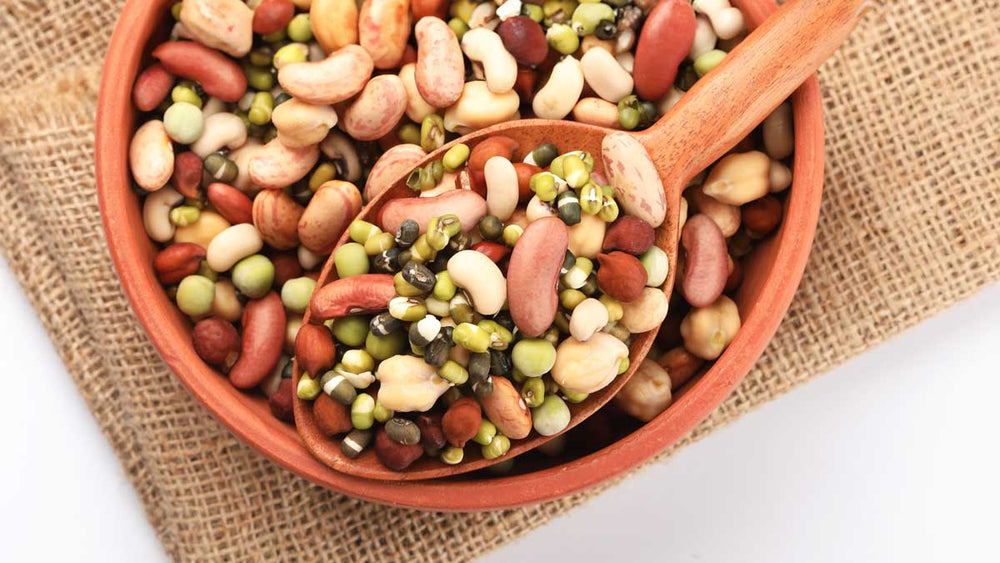In Mean Girls, the new girl, Cady, learns that the high school “girl world” can be a lot like the savage animal world.
She encounters predators, friends, and passersby and must choose who to avoid, who to befriend, and who to sabotage.
On a smaller scale with real consequences, your immune system is doing the same thing as Cady.
Your immune system uses three strategies to engage the world: avoidance, tolerance, and resistance.
Avoidance is the first and foremost immune strategy. Healthy boundaries protect personal space and relationships with friends and food even on a cellular and microbial level. Specifically, the avoidance strategy depends on anatomic barriers -- the skin and oral and intestinal mucosa --along with local respective chemical barriers and commensal microbial cliques.
Chemical barriers and commensal microbiota make the body unwelcoming to potential threats. Mucus traps pathogens that are unable to attach, and movement, such as peristalsis in the gut, escorts entrapped threats out. Stomach acid, enzymes, and antimicrobial peptides in the saliva, stomach, and gut can damage pathogens, helping to disarm or destroy them.
If you struggle with GI disorders such as GERD or IBS, one or more of these anatomic or chemical barriers, or your commensal microbiota could be suffering, too. Luckily, you can actively support the avoidance strategy in many ways. Diet, routine, and hygiene play a large role in keeping threats out and commensal in, and building or protecting barriers.
10 simple and practical ways to support your immune system’s avoidance strategy:
- Practice proper hand hygiene.
- Practice proper food safety. Far too frequently food poisoning during travel or a GI infection precedes IBS.
- Thoroughly wash your dishes after each use. Consider avoiding items that require extra effort to clean thoroughly, such as communal single-cup coffee makers and certain bottles or tumblers with straws and gaskets.
- Eat a variety of nutrient-dense and fiber-rich foods. Fiber provides food for commensal gut microbes and protects the mucus barrier, and eating a variety of foods helps reduce the risk of deficiencies that can impair barrier health and immune function.
- Cut back on highly processed foods. Highly processed foods usually lack beneficial fibers and contain dietary emulsifiers that may negatively affect the microbiota or mucus layer.
- Practice dental hygiene and don’t ignore a dry mouth.
- Use medication only as your doctor prescribes when necessary, as certain medications can affect commensal microbiota, mucus, skin, and/or stomach pH.
- Talk to a healthcare provider about whether probiotic-rich foods or available probiotics are right for you.
- Limit alcohol, which can harm the cells lining the GI tract.
- Make your dermatologist smile by protecting and pampering your skin.
When avoidance works, the immune system benefits from conserving resources and reducing the risks that come with launching a resistance. But if any borders, boundaries, and bouncers are compromised, potential threats require a response: either tolerance or resistance.
Stay tuned for future articles to learn about immune tolerance and resistance and practical tips and tricks!
- Murphy K, Weaver C. Janeway’s Immunobiology. 9th ed. Garland Science/Taylor & Francis; 2017.
- Hanning, N., Edwinson, A. L., Ceuleers, H., Peters, S. A., De Man, J. G., Hassett, L. C., De Winter, B. Y., & Grover, M. (2021). Intestinal barrier dysfunction in irritable bowel syndrome: a systematic review. Therapeutic advances in gastroenterology, 14, 1756284821993586.
- Paone, P., & Cani, P. D. (2020). Mucus barrier, mucins and gut microbiota: the expected slimy partners?. Gut, 69(12), 2232–2243.
- Chassaing, B., Koren, O., Goodrich, J. K., Poole, A. C., Srinivasan, S., Ley, R. E., & Gewirtz, A. T. (2015). Dietary emulsifiers impact the mouse gut microbiota promoting colitis and metabolic syndrome. Nature, 519(7541), 92–96.
- Naimi, S., Viennois, E., Gewirtz, A. T., & Chassaing, B. (2021). Direct impact of commonly used dietary emulsifiers on human gut microbiota. Microbiome, 9(1), 66.
- Chassaing, B., Compher, C., Bonhomme, B., Liu, Q., Tian, Y., Walters, W., Nessel, L., Delaroque, C., Hao, F., Gershuni, V., Chau, L., Ni, J., Bewtra, M., Albenberg, L., Bretin, A., McKeever, L., Ley, R. E., Patterson, A. D., Wu, G. D., Gewirtz, A. T., … Lewis, J. D. (2022). Randomized Controlled-Feeding Study of Dietary Emulsifier Carboxymethylcellulose Reveals Detrimental Impacts on the Gut Microbiota and Metabolome. Gastroenterology, 162(3), 743–756.



















Comments
Join The Conversation...